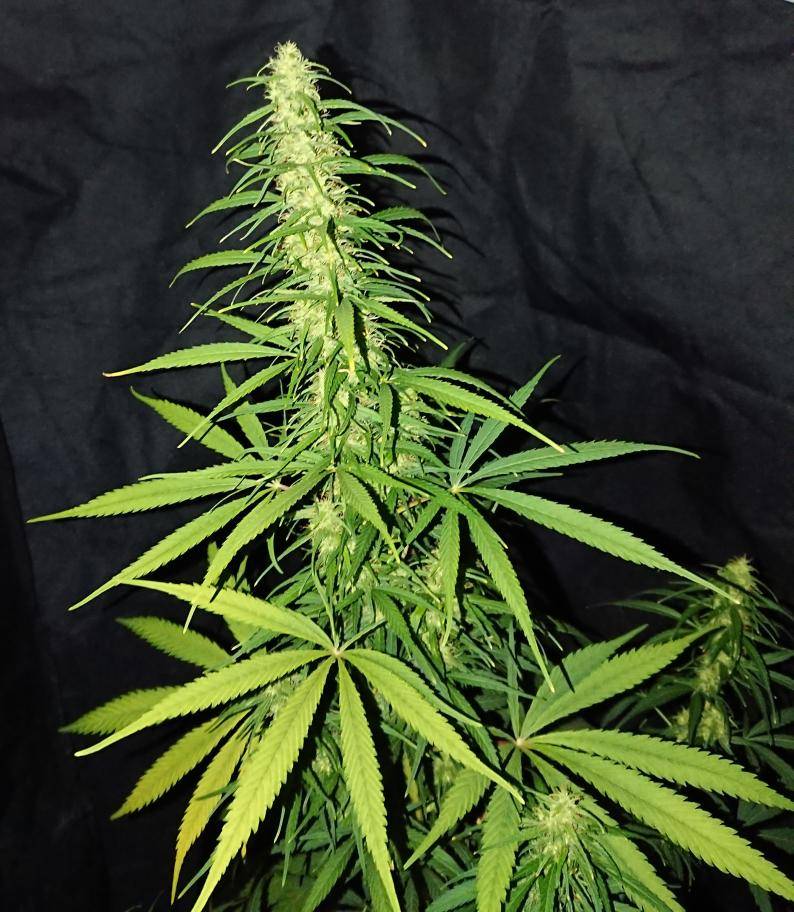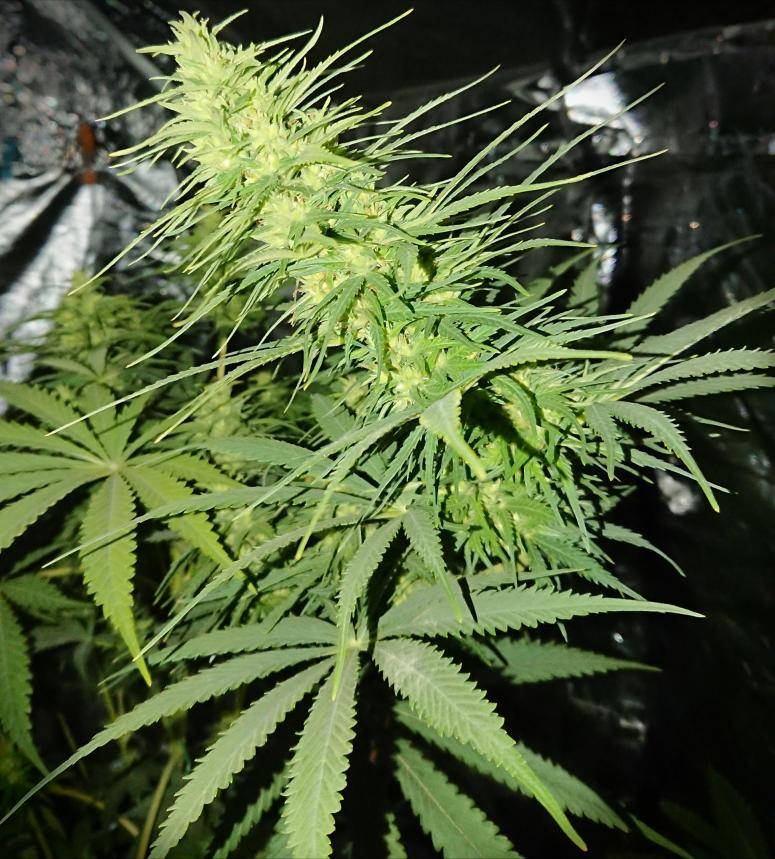Anyone got any of these going yet?
Interested to see reports, really promising accession from Nile River region
afaik not a place from where genetics have been introduced to the West, until now


EDIT:
For anyone scanning quickly through this thread, most of the discussion on Page 1 is about a different landrace, i.e. Sinai, which is an early maturing Middle Eastern type plant
Interested to see reports, really promising accession from Nile River region
afaik not a place from where genetics have been introduced to the West, until now
EDIT:
For anyone scanning quickly through this thread, most of the discussion on Page 1 is about a different landrace, i.e. Sinai, which is an early maturing Middle Eastern type plant




